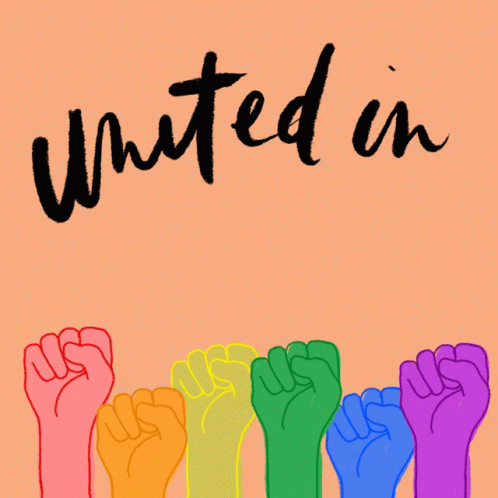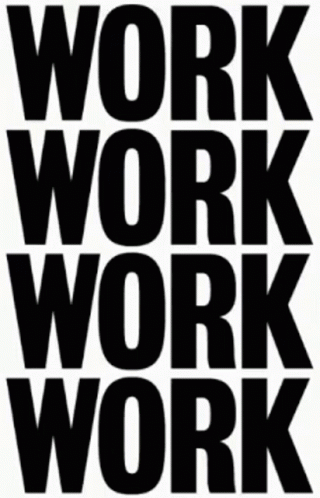This guide is the product of my PhD research, exploring this area of diversifying the career development sector, yet it applies to all workplaces, workforces, sectors, organisations and beyond. Although I use the term workplace and organisation interchangeably, it is important to recognise that this applies to all places where there are people working together.
Creating a diverse and inclusive workplace is essential for creating a healthy and productive work environment. By recognising and valuing the unique perspectives and experiences that each employee brings to the table, you can create a workplace that fosters creativity, innovation, and collaboration. In this blog post, I will explore some do’s and don’ts for building a more diverse and inclusive workplace. Comment below to share your ideas to add to this guide.





The Do’s:
1. Recognise Each Person as an Individual: Recognising each person as an individual is crucial for building a diverse and inclusive workplace. This means valuing and celebrating differences in cultures, beliefs, and backgrounds. By doing so, you create an environment that is not only diverse but also inclusive and supportive.

2. Provide Progression Opportunities: Providing progression opportunities is essential for creating a level playing field where everyone has an equal chance to succeed. All too often, people of colour are overlooked for promotions or opportunities that would allow them to advance in their careers. By providing opportunities for growth and development, you can help ensure that everyone has the chance to succeed.

3. Ask Questions respectfully: Asking questions is an excellent way to gain a better understanding of other people’s perspectives and experiences. This is especially true when it comes to topics related to race or ethnicity, which can be sensitive or uncomfortable for some people. By asking questions and being open to learning, you can create a more inclusive workplace. Do not make assumptions. This links to point one
4. Be Genuine: Being genuine is essential for building trust and creating an environment where people feel valued and supported. People can tell when you’re not being authentic or when you’re just paying lip service to diversity and inclusion. It’s important to be sincere in your efforts and to make a real commitment to creating a workplace that values diversity.

5. Provide Training and Education: Providing training and education on topics related to diversity, equity, and inclusion is essential for creating a more inclusive workplace. This can include workshops, seminars, or online courses that help employees learn about different cultures, beliefs, and experiences. Go beyond surface level add-on training and truly embed a cultural shift of inclusion in the workplace.
6. Celebrate Diversity: Celebrating diversity is a great way to show that you value and appreciate the differences that each employee brings to the table. This can include cultural celebrations, diversity days, or other events that highlight different cultures and traditions.
7. Create Safe Spaces: Creating safe spaces without backlash where employees can discuss sensitive or uncomfortable topics is essential for building trust and creating an environment where people feel valued and supported. This can include employee resource groups or affinity groups where people with similar backgrounds or experiences can come together to share their thoughts and feelings.
The Don’ts:
1. Expect People to Educate You: It’s not up to people of colour or other minority groups to educate you on their experiences or culture. It’s up to you to take the initiative and educate yourself. This means reading books, attending workshops or training sessions, and being open to learning from others.
2. Make Assumptions: Assuming that people of a particular race or ethnicity all have the same experiences or beliefs is known as treating each group as a monolith. People are individuals, and it’s crucial to recognise and value their unique experiences and perspectives.
3. Use Stereotypes: Using stereotypes or making assumptions about people based on their race or ethnicity is not only offensive but also unproductive. It’s important to recognise and value the unique experiences and perspectives that each employee brings to the table, regardless of their background or ethnicity.
4. Ignore Micro-aggressions: Ignoring microaggressions or other forms of bias and discrimination can create a toxic work environment and lead to low morale and high turnover rates. It’s important to address these issues head-on and take a zero-tolerance approach to any form of discrimination or bias.
5. Treat Each Group as a Monolith: Treating each group as a monolith can be damaging and perpetuates stereotypes. It’s important to recognise that people are individuals, and they may have different experiences, beliefs, and backgrounds, even if they belong to the same ethnic or racial group. Assuming that people all share the same values and experiences can be alienating and hurtful. Instead, take the time to get to know each individual and their unique perspective.
6. Ignore Inequality and Discrimination: Ignoring inequality and discrimination is not an option in building an inclusive workplace. It’s crucial to address any issues of inequality and discrimination head-on and take steps to eliminate them. This can include implementing policies and procedures that promote diversity and inclusivity, addressing any bias in hiring and promotion processes, and creating a work environment that is welcoming and respectful to all.
7. Tokenism: Tokenism, the practice of including only one or a few people of colour or minorities in the workplace, without valuing their contributions or giving them equal opportunities, can be harmful. Tokenism can create feelings of isolation, frustration, and being undervalued. Instead of focusing on tokenism, make a genuine effort to create an inclusive work environment that values diversity.

Creating a truly inclusive workplace can bring a range of benefits to both employees and employers. Here are some of the key benefits:
1. Increased Innovation and Creativity: Diverse workplaces often lead to increased innovation and creativity. By bringing together people from different backgrounds and perspectives, companies can access a range of unique ideas and approaches. This can lead to new products, services, and solutions that meet the needs of a broader range of customers.
2. Improved Decision Making: Inclusive workplaces can lead to better decision-making processes. By including diverse voices and perspectives in the decision-making process, companies can avoid groupthink and make more informed and balanced decisions.
3. Increased Employee Engagement and Retention: Creating an inclusive workplace can improve employee engagement and retention. When employees feel valued and included, they are more likely to be committed to their work and the company’s mission. This can lead to increased productivity, job satisfaction, and retention rates.
4. Access to a Wider Talent Pool: Companies that prioritise diversity and inclusion can access a wider talent pool. This means that they can attract and retain employees from different backgrounds and experiences, which can help them to better serve their customers and compete in the global marketplace.
5. Improved Reputation: Companies that prioritise diversity and inclusion can improve their reputation and brand image. This can help them to attract customers, partners, and investors who value diversity and inclusivity.
Creating a truly inclusive workplace can bring a range of benefits to both employees and employers, including increased innovation and creativity, improved decision-making, increased employee engagement and retention, access to a wider talent pool, and improved reputation. By prioritising diversity and inclusion, companies can create a more positive and productive work environment for everyone.
Creating a diverse and inclusive workplace is essential for promoting creativity, innovation, and productivity. By recognising and valuing the unique perspectives and experiences that each employee brings to the table, you can create a workplace where everyone feels valued and supported. By following the do’s and don’ts outlined above, you can take the first steps towards building a more inclusive and diverse workplace that fosters a positive and productive work environment for all. It’s important to remember that creating a genuine and true culture change takes time and effort, but the benefits of doing so are immeasurable. With a real commitment to diversity and inclusion, we can create workplaces where everyone can thrive and reach their full potential.
